
Children bring a variety of things into a household: joy, enthusiasm, curiosity… and stuff! One of the most common spaces to fall into disarray is the playroom. While the playroom can be any space from a completely dedicated room to a corner of the kitchen, it is typically a space that is perpetually busy. Often, it seems we barely get things picked up before they fall back into disarray once again. At the same time, children thrive in a space where they can reliably find and enjoy playing with their toys. Kids find comfort in the familiar and predictable. If you have a play area in your home that is out of control, here are some playroom storage ideas for how to establish (and maintain) order.
Playroom Organization Tips
First, before you run out and buy Toy boxes, it is important to be aware of some basic principles for your playroom storage ideas and organizing your children’s spaces.

- Keep storage for toys at eye level.
It is easy to forget how limiting it is to be physically small. If we want children to put things away, they have to be able to reach the storage. The only items you might want to store “up high” are things to which you don’t want them having easy access (e.g., glitter glue). Cubicle storage that is only two cubes high is usually a great option for small children. If you aren’t sure what your kids can reach, bring them into the space and do a visual assessment. If they can’t see into the container, it is probably too high.
- Establish storage that is easy to use.
It doesn’t take much to deter a child from properly putting an object away. We want to make storage easy, not a hassle. After all, putting toys away usually happens when children are a bit tired. Avoid stacked boxes, lids, complicated latches, sticky or rickety drawers, etc. In addition, make it easy for a child to know what item belongs in which location. Clear containers are helpful, as are labels. For preschool children, use a label with both a picture of the type of item that goes inside and the correlating word underneath.

printed Mini Boxes to store their toys
- Fit storage containers to the size of the toys they will hold.
One of the best ways to lose a small toy is to drop it into a large bin. For example, tiny figurines or trading cards should not be dropped into a storage cube with trucks and stuffed animals. They will fall to the bottom at best, and possibly get broken or damaged. When organizing toys, select containers that are properly scaled to the size of the items that will be stored inside. At meori we have many products that will be very useful for implementing these playroom storage ideas.
- Plan to invest time in teaching children how to use the system.
Often parents set up a space and then expect children to fall in line and put everything away on their own. The reality is that children always need a bit of training on how to perform a new task. If you want your children to help reset their space, plan on investing time each day for a couple of weeks to do this together. Let them ask where something goes, and if they put something away incorrectly, kindly show them where it goes. Then, ask them to move the item to is appropriate place. Over time, children will be able to do the task themselves, but you might need to be in the room watching to ensure they don’t get distracted or rush the job and stash items simply out of sight. Additionally, accept and praise children for honest efforts. Don’t come in behind them and “do it right.” When children see a parent re-doing their work, they internalize the message that they are not capable of performing this task properly.
This can be the most productive playroom storage idea!
- Create routines for restoring order.

Storage Bins with Lids.
Routines make everything easier. Just as we teach our children routines for making their bed, brushing their teach, and putting their dirty dishes in the dishwasher, we can also teach them rhythms for restoring order. Since children typically take a lot of toys “out” each day, it is important to establish windows throughout the day for cleaning up. Again, this means putting things back where they live, not making a space look tidy. In addition to helping children reset their own spaces, you can help them prioritize this discipline by setting an example in your own spaces. Embrace the process of restoring order as a positive part of your day. Be aware than when a parent complains about the mess in his/her own space, and procrastinates organizing, a child is likely to copy this behavior. If you help your child understand that all of these playroom storage ideas are apart of our routine then it will be much more effective.
If you are homeschooling your kids check out this article: Homeschool Workstation Storage Ideas and Organization Tips.
***

How To Organize a Playroom
Now that we’ve reviewed the overarching principles, let’s dive a bit deeper into Playroom Storage Ideas. The first step when organizing a playroom – or almost any room – is to sort the items that belong in the room into categories. In other words, go through the space and put “like with like,” such as puzzles, game boards, arts and crafts, dress up, etc. Not only does this process help when it comes to establishing storage systems, it also tends to spur a bit of decluttering. For instance, when we see that we have three different Monopoly™ games, we may decide to keep one and let go of the other two. Toy organization isn’t difficult, just time consuming. Have a garbage bag handy in case you come across broken items or trash, as well as a container for any items you decide to donate.
Once you have piles of different types of toys you are ready to begin establishing storage. Let’s look at some common categories of toys in a playroom and how they might best be stored.
Board Games
Items in boxes are some of the easiest to store. These go well on shelves, stacked so that the name of the game faces forward. Ideally, you don’t want to stack more than 3-4 games on top of each other. Tall stacks make accessing lower items difficult. Always consider adding shelves or risers to minimize stacking.
Games Not in a Box
A lot of games for younger children, once assembled, no longer fit in their original box (e.g., large, 3-D toys). These items are best stored on a shelf or in a storage cubicle with the associated pieces sitting nearby in a clear, labeled container.
Puzzles
As with board games, these are best stored in their original box, on a shelf. If you have puzzles where the box is broken, pieces can be placed into a storage pouch with the picture of the completed puzzle tucked inside.
Small piece toys

Toys that have many small pieces, such as Legos™, MagnaTiles™ or small figurines should be stored in sturdy bins. If you have cubbies with cube organizers inside, you can assign a type of toy to each of the various cubes. This way, if a child wants to dump the pieces out for play or construction, it is easy to toss them back into the appropriate cube when playtime is over. Again, place a label on the bin so the child can see which type of toy belongs in each cube. If you have a lot of Lego™ kits, the key is to keep the pieces and the instructions together until the kit is completed. This can be done in the original box, or inside a clear pouch if the box is torn or won’t stay closed. When setting up storage bins, avoid the temptation to “over-organize” the toys. Some children may enjoy sorting Legos™ by color, but if your child does not, one big bin is fine. Bins with handles are also nice because they are easy to pull off of a shelf and carry to and from a play area. Make sure you are implementing these playroom storage ideas or you will be left with a mess.
Playing and Trading Cards
There are a variety of boxed card games, such as Old Maid, Go Fish, and UNO. These boxes are really too small to be put loose on a shelf. Instead, corral them into a small box, such as a clear shoebox. If your child collects trading cards, provide him/her with a box that has a lid into which new cards can be added.
“Smalls”
Most children have a variety of small toys that don’t fit any specific category. Create one bin just for these “smalls.”
Toys too big for a container
Many toys are too large to go into a container, such as trucks, laser guns, airplanes, American Girl™ furniture, etc. These need a large area designated for their storage. For example, designate the spot behind the couch as the “garage” for all vehicles, or put out a small rug on which the doll furniture lives.
Dress up clothes (and dress up jewelry)

Dress up clothes are popular for preschoolers and early elementary-aged children. If possible, put up hooks on the wall (low enough to reach!), or get a child-sized coat rack for these items to be hung up. Keep a large bin in the same area for accessories, such as shoes and hats. Dress-up jewelry is small, and therefore should not be dropped loosely into a large bin. Instead, keep a separate, smaller container in the dress-up area for these small pieces.
Blocks and Building
Since blocks and building materials are large and relatively heavy, clear a low shelf where these can be easily stored. A bin full of blocks may be too heavy for a child to move, so open shelving works best. If you have small building pieces, place an open-topped bin on the shelf to hold these.
Gaming Supplies
Gaming is a category of its own, especially for older children. Establish a location for storing all gaming supplies. A drawer/lower shelf in a coffee table or nearby storage unit can be an easy place to drop controllers, virtual reality headsets, earbuds, CDs, etc. If there is no concealed storage nearby, consider an attractive container on the floor near the TV. Otherwise, kids tend to leave the disks and supplies on the couch or chair where they sit to play.
Videos

DVDs are fading in popularity, but if you still have some, keep them near the DVD player. Line them up in a shallow container or stack them like books on a shelf.
Imaginative Play (kitchen, store, teacher)
Little ones should have a zone for each type of imaginative play (school, kitchen, store, etc.), and the pieces should have a designated store inside the zone. For instance, if you have a play kitchen, make sure you have a bin to hold the food and cookware. Remember you can always add adhesive hooks to the toys themselves or a nearby wall for accessories that can be hung.
Dolls & Their Furniture, Clothes
Dolls, such as baby dolls, American Girl™ dolls, Barbies™ and others have a lot of accessories. Lightweight bins with handles are perfect because a child can easily carry the bin to a play area. Again, remember not to drop small shoes into a giant bin. Tiny pieces can go into a bin with dividers. If you have a dollhouse, keep the supplies nearby. One trick is to set the dollhouse on or near a small chest of drawers so that the items can be easily tucked inside.
Stuffed Animals

Stuffed animals can quickly take over space. The best tip is to constantly cull your collection. If you have a stuffed animal lover in your home, sort through them about every three months, keep the favorites, and remove those that your child doesn’t seem to love. Stuffed animals are one type of item that stores well in a larger container, such as a soft-sided bin or round basket. They can also go into a toy chest (make sure the lid isn’t too heavy or remove the lid altogether), on a bed (as long there is sufficient room for sleeping), or even inside a beanbag chair like this one from Wayfair.
Arts & Crafts

arts and craft supplies
Craft kits, crafting supplies, and art supplies are a category unto themselves. Place labeled, open-topped bins for various art materials (markers, crayons, pencils, etc.) on a shelf, or set up a rolling cart with separate sections for the various supplies. Tell children where they should sit when doing art and craft projects, such as “at this table” or “on this mat.” A tiered paper sorter is handy for holding paper, construction paper, sticker books, and other flat supplies.
Craft kits are most appealing when they are new. Keep them in their original boxes until the kit is depleted enough to no longer be attractive or usable – I call these “half-dead” kits. When the kit reaches the point of being a mishmash, salvage the usable contents and move them to the “general” containers (e.g., the crayons that came with the kit can be moved into your general crayon bin).
Books

Book storage depends on the type of book. Small board books store well in a bin or basket on the floor where children can sift through and find the ones they want. Large picture books need a deep storage shelf; storage cubicles are great for these. As children move into chapter books, they will do best with standard-depth bookshelves. I recommend setting up a bookcase in a shared area to be the “family library.” Keep books in this location, from which children can “borrow” a book to read and take it to their bedroom. Books that have been read and will either be re-read or read by a younger family member, go back to the library.
Also, it helps to have a separate location for true library books. Set up a bin in the mudroom or near the door where these books can be placed until it is time for them to be returned.
***
Conclusion – Playroom Storage Ideas
While managing children’s toys is an ongoing process, it doesn’t have to be complicated. These are all child-friendly playroom storage ideas. Along with a clear table and bit of dedicated floor space, will help both adults and children enjoy these precious years.
Which idea is your favorite?


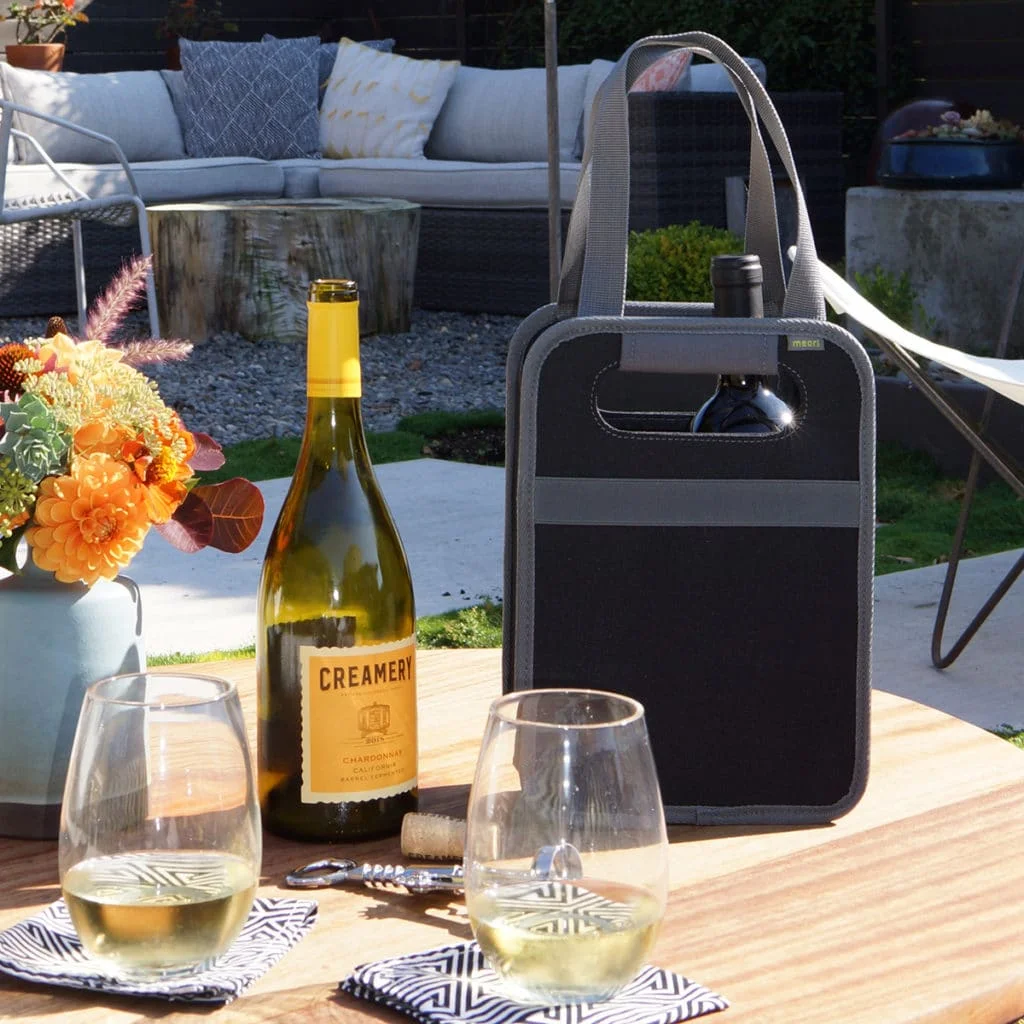
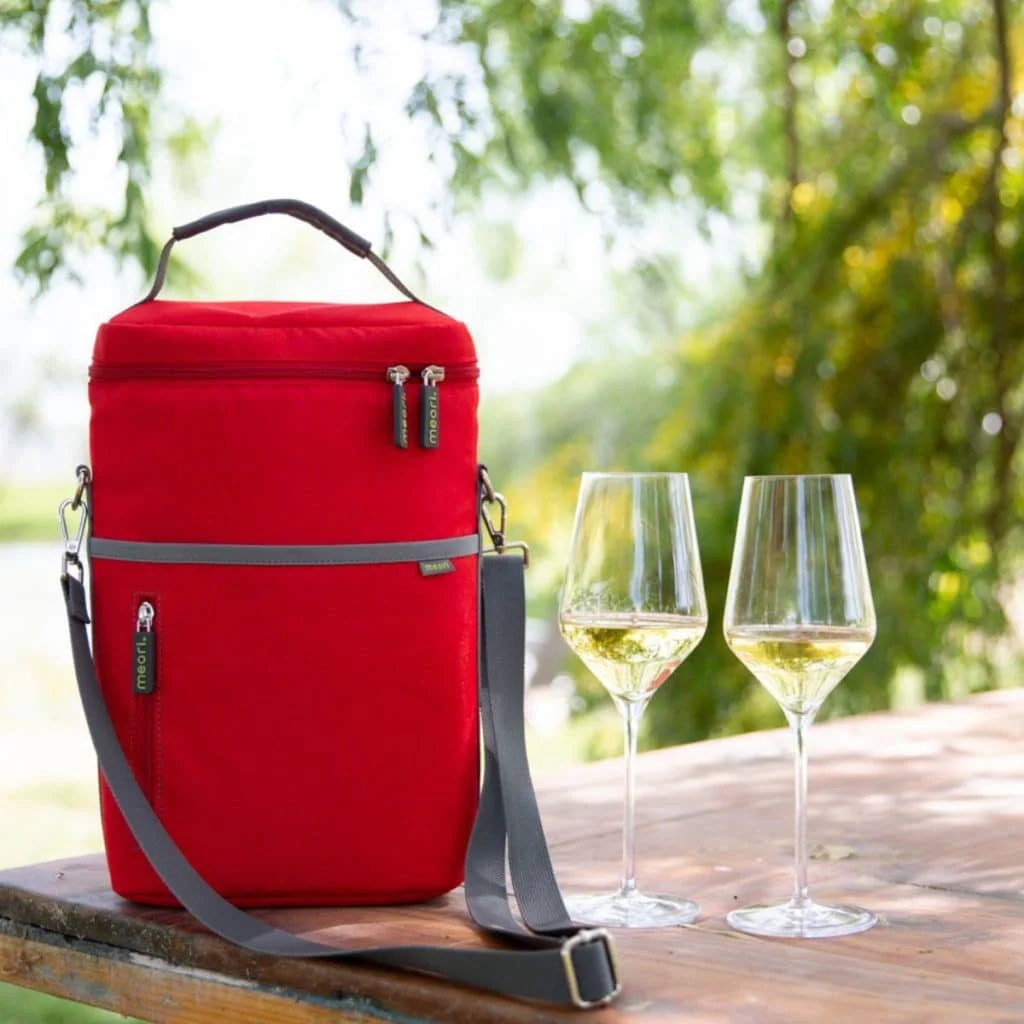
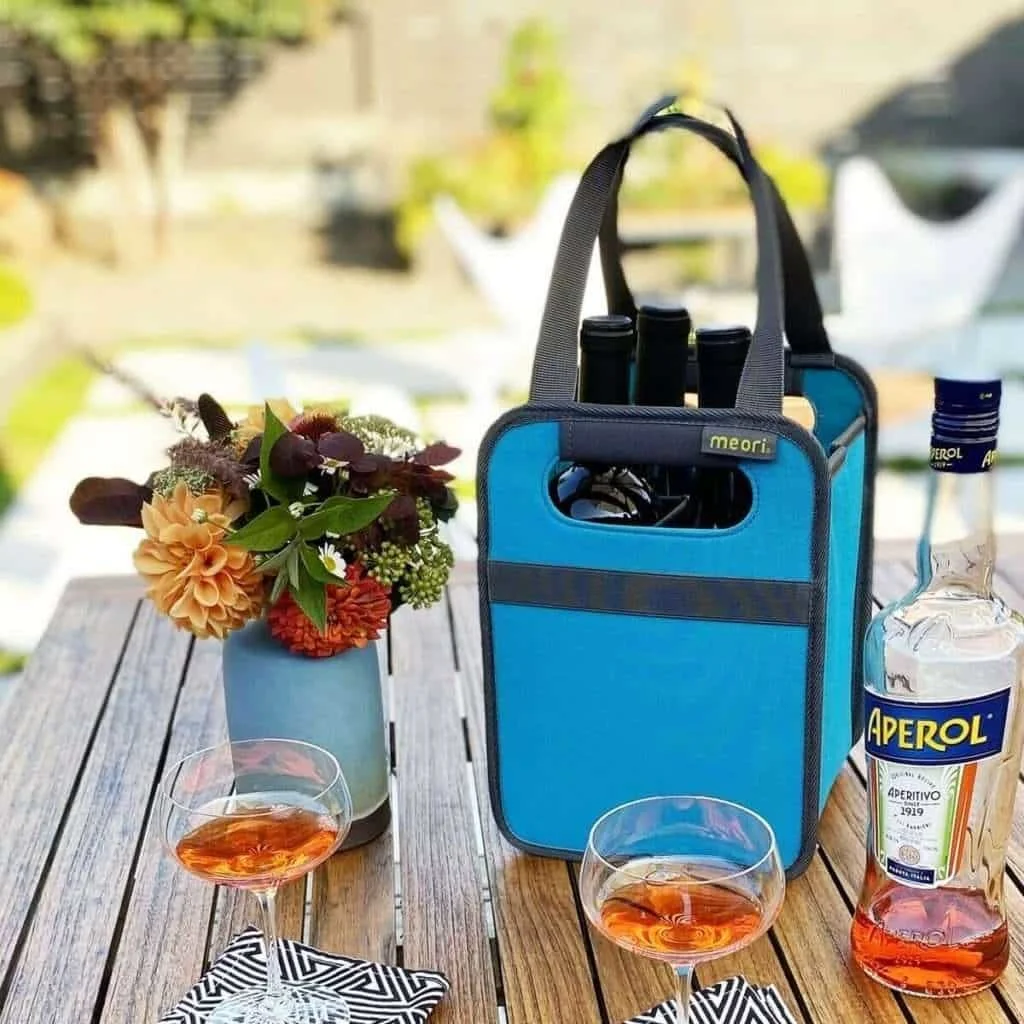
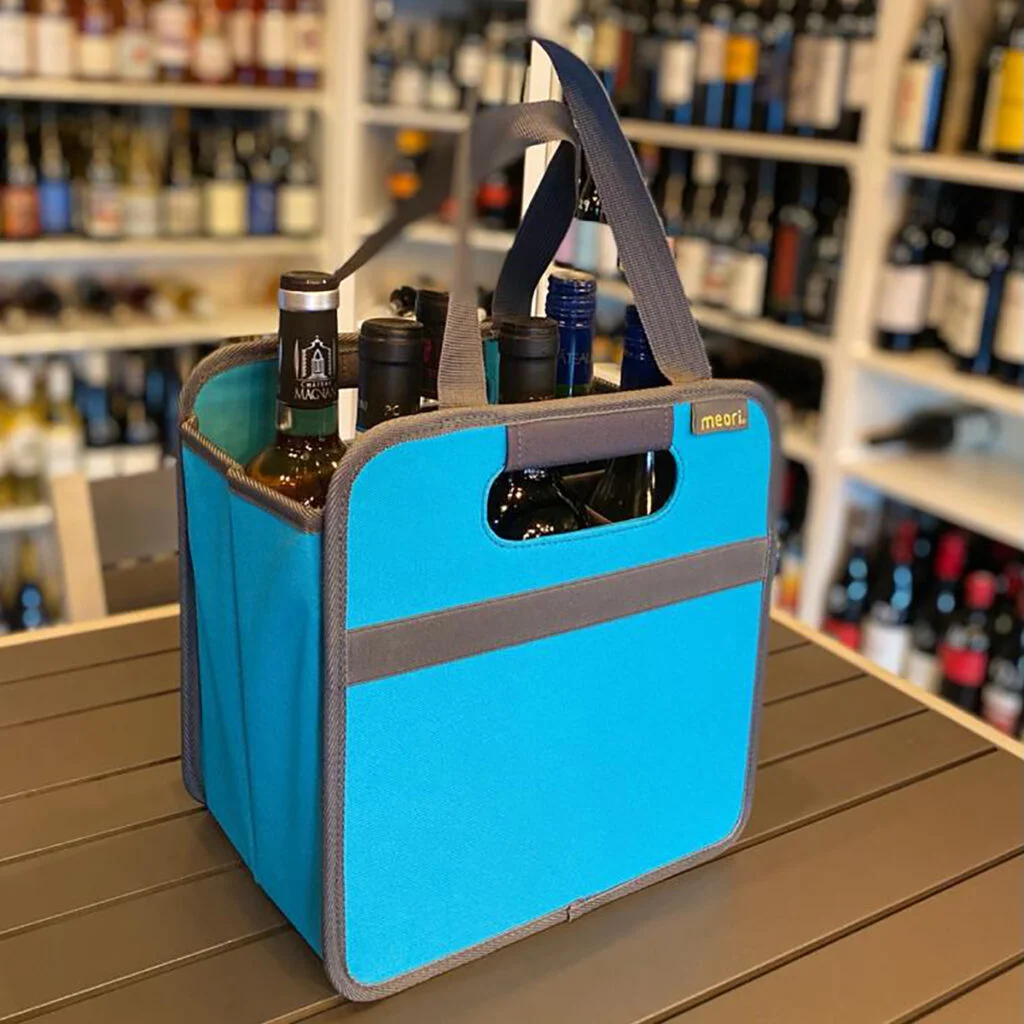
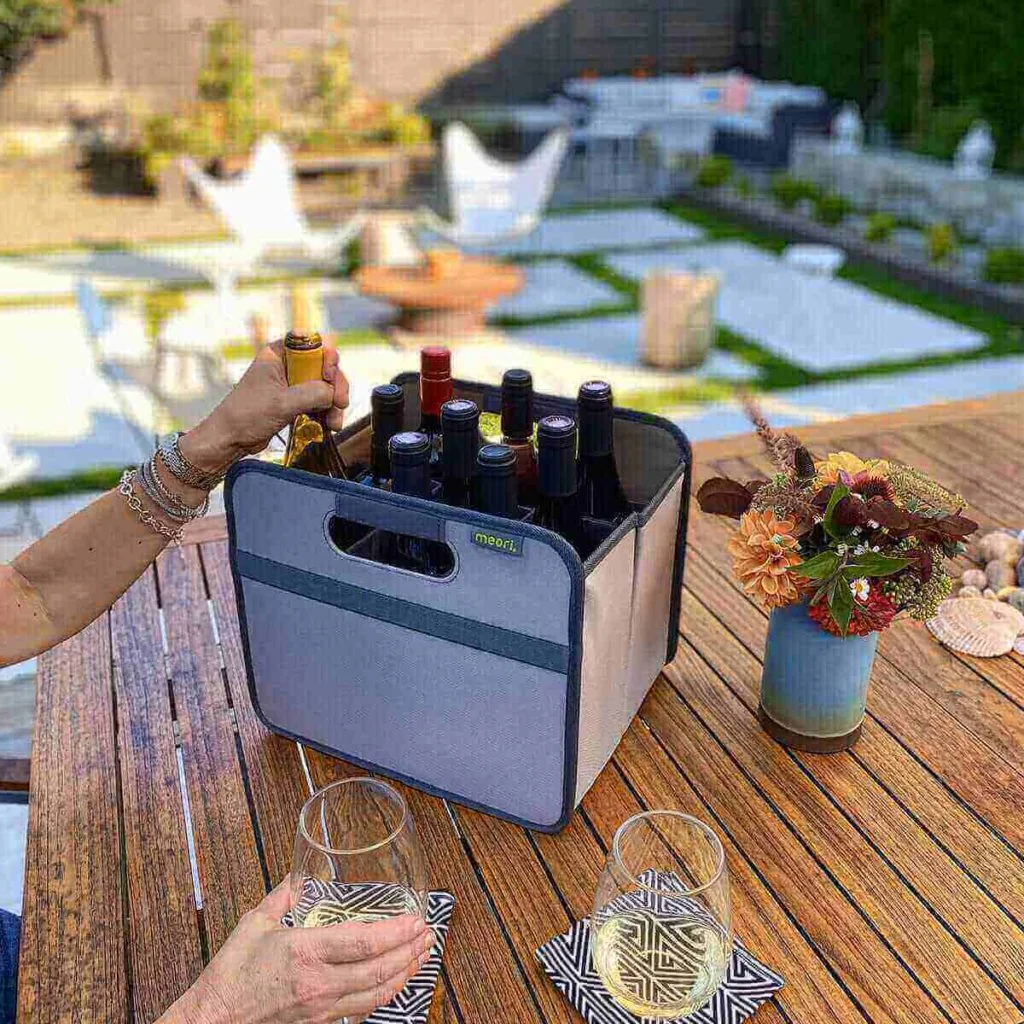
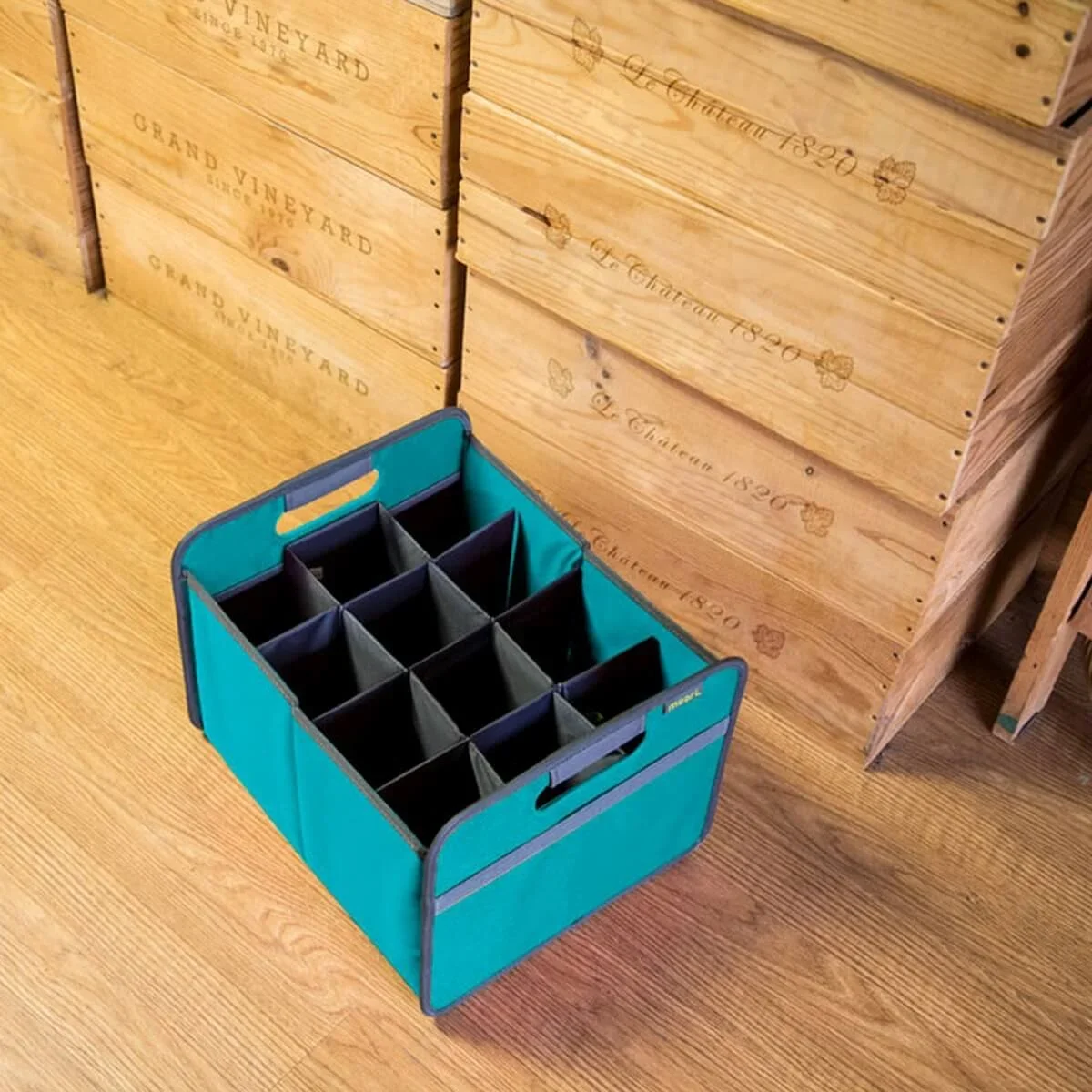
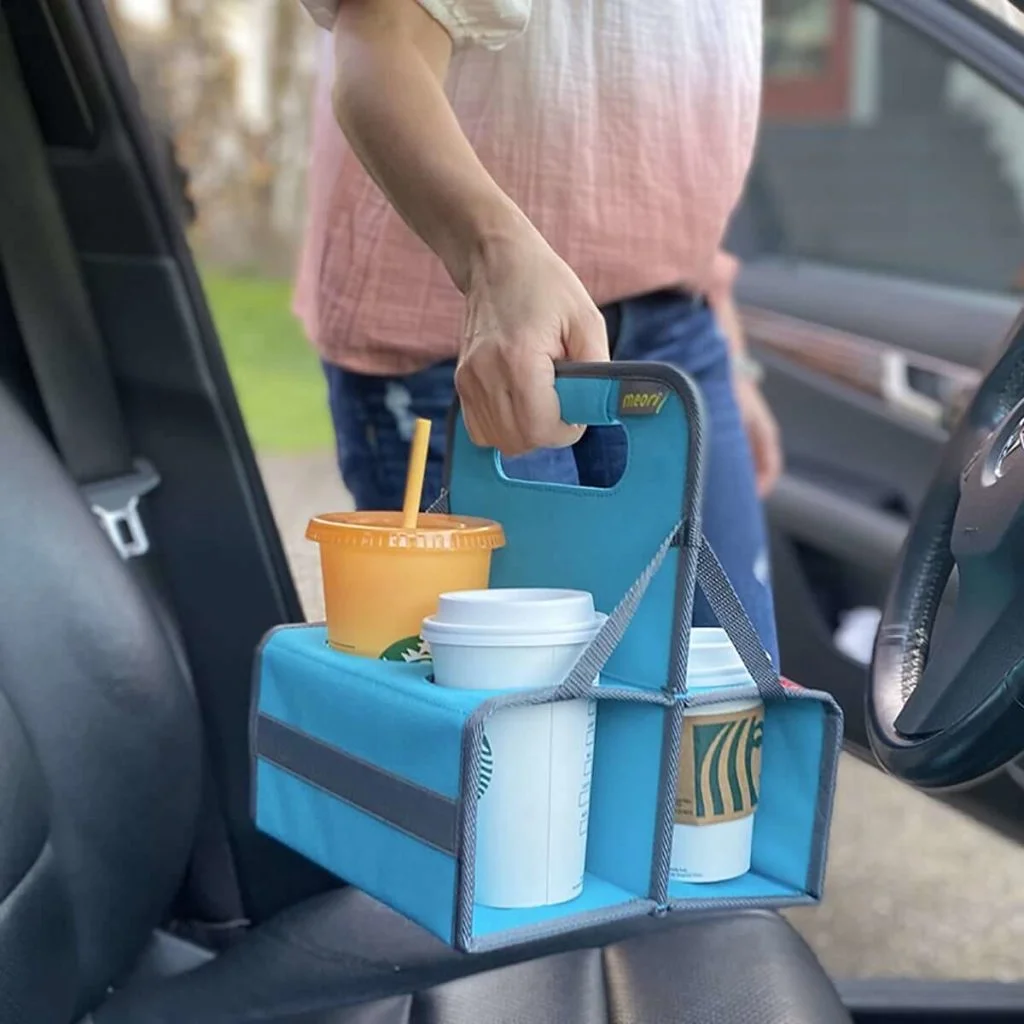
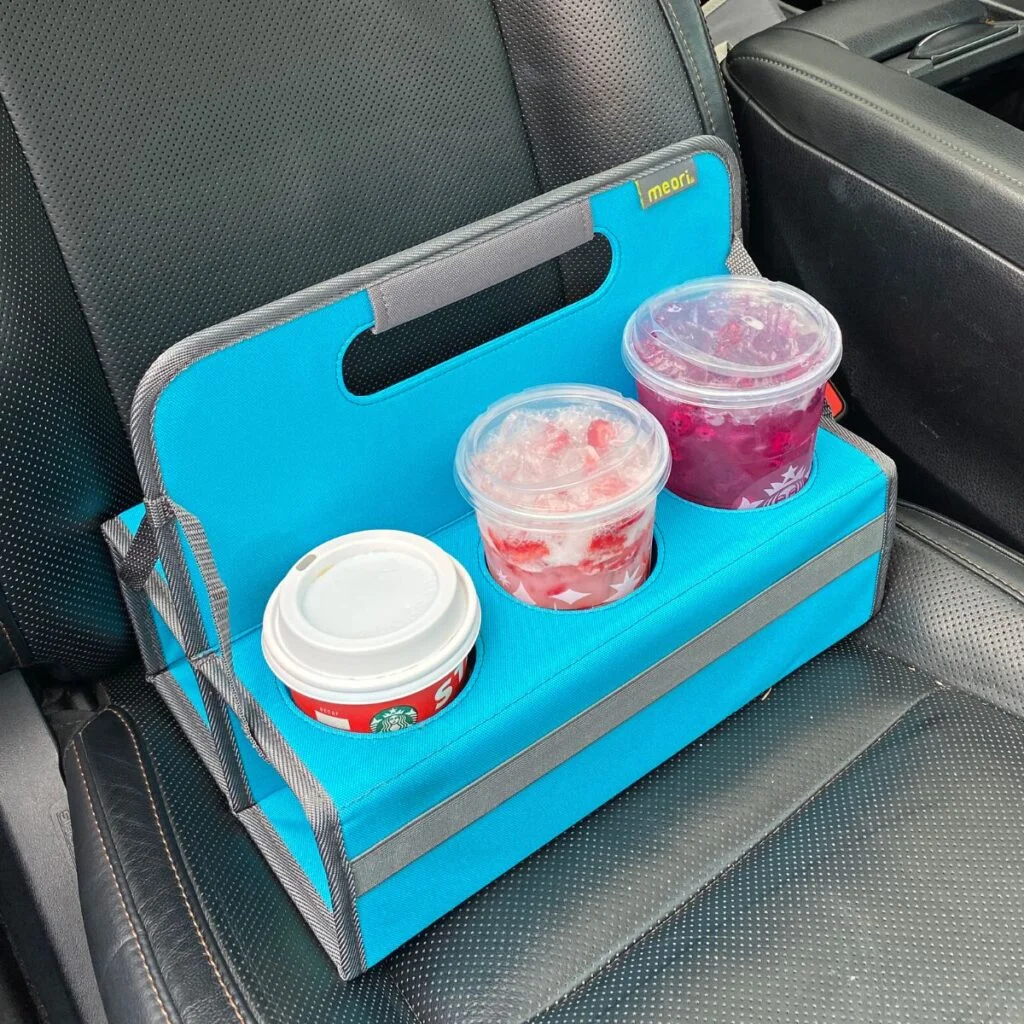
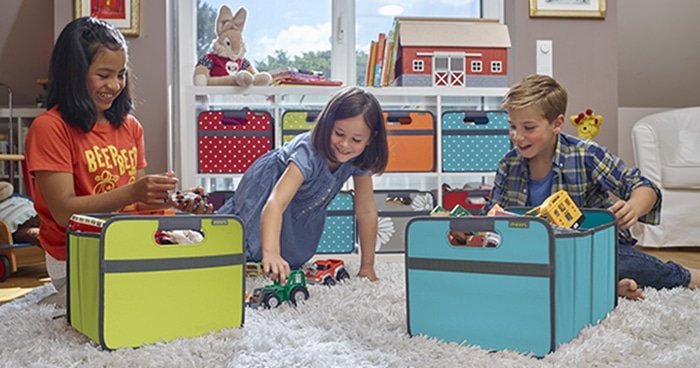
This Post Has 24 Comments
Wow – I’ve never seen all the different types of toys listed out this way. No wonder keeping play areas neat is such a challenge! You’ve done a great job of explaining the best way to store each type.
Thanks, Janet. Playrooms are full of things, and the challenge is to keep the toys organized in a way that there is space to play. Routine is everything in this busy space. 🙂
Excellent blog for kids spaces, very detailed and spot on! I always tell my clients when organizing a kids room to “get down on your knees” and see the room from their perspective….!
Yes, gotta get down and see what is actually possible. Being down there is also helpful if you are trying to identify a “safe space” to store something you don’t want children to have free access to.
I love these tips! I loved organizing playrooms. It really brought the kid out of the client and me. Creating zones was always fun, and the kids really enjoyed having theme areas. And, as a bonus, they would put things away in the right area. WOW. Thanks for sharing.
Yes, I think children really do enjoy a well organized space, in spite of the fact that they mostly push back against putting things away. It is all about getting them to respect the process and see it is a way to keep “their” space fun and enjoyable.
This is a wonderful guide for someone who has small children. Having a well set up and organized playroom is one of the keys to guiding your children to clean up at the end of a play time or the end of the day. I can see how the Meori products are easy to use provide attractive storage for kids (and adults).
I love the Meori products. They are lightweight and easy to carry around. So often children have toys that they like to bring to the floor or a table to use. This is why cubbies and bins work so well, right?
Seana, well done! I don’t think you missed a thing. You’ve given every option for storing toys, including a range of Meori boxes and sizes to hold every type of toy imaginable.
I love what you said about “half-dead” kits. When the kit reaches the point of being a mishmash. It made me laugh because it’s so true. I also enjoyed your mention of tiny little pieces from toys or games. When my kids were small, I could have filled a huge container with an array of mishmash. Where did they all those tiny pieces come from and for heaven’s sake, what if I throw one out!?
My daughter loved little figures, and we had multiple boxes of them. She was happy to combine figures of princesses with animals and figures of other kinds, so we just let them all “live” together. Now that she is grown, she chose her favorites and we are keeping those for the next generation. Many wonderful memories!
OH, this is so helpful for me personally! I’m constantly tweaking my playroom storage and working on good habits with my little girls. We’ve been getting pretty good at cleaning up in between activities before moving on to something new and it makes a big difference in maintaining everything. Great storage suggestions!
I used to have a couple of “slots” during the day for putting toys away. I began by trying to clean up one toy before we took out another one, but only had moderate success. Knowing we would reset before lunch and before bed, and also limiting the after dinner options to books, really worked for us!
Our grandchildren have recently moved nearby. As a result, I have been reminded how quickly a tidy space can be transformed such that it resembles the aftermath of a natural disaster. Little people are just busy, and they love to carry the things they love about with them and deposit them in unexpected places. That said, you are right in saying that children thrive in an environment of predictability. They love knowing where to find things and understanding what is expected. Often we tell kids to pick up their room, but they first have to be shown what that looks like and how to achieve the end result. Great tips for setting children up for success and creating an environment that works for both parents and kids.
Aww, how fun to have grandchildren nearby! You are so right about their tendency to carry objects around with them. Small children do not naturally associate an item with a location. Their locations are “with me” or “elsewhere.” When you are able to help them see where things belong, and to set aside repetitive windows during the day to do so, they learn how to both enjoy and store their treasures. 🙂
Wow, Seana, this is the quintessential playroom and toy organizing post, and parents and grandparents the world over need to read and commit this to memory! All of these solutions form the guideposts for parents and kids to have a working playroom, and I’m in love with the “garage” behind the couch! And, of course, I love meori, so this is a great partnership!
Meori is a perfect fit for toys, right Julie? Easy to wipe clean and carry around.
Some of those large trucks and other motor vehicles just don’t want to live in a cabinet. If you wanted to get really fancy, you could put down some tape to mark off parking “spaces.” As always, don’t over-organize. The wise parent/grandparent will follow the child’s lead and keep the system simple.
You have great ideas here. I think a lot of the challenge is that kids usually have so many different kinds of toys in one space. As you said storage is key, but it’s sometimes challenging to find a place for everything. I love meori products.
Yes, they do have quite the hodgepodge of items. This is why the different zones can work if you have the space. Meori products are so great. Perfect for children, easy to carry, bright colors. You could even use different colors for different types of toys.
What a great deep dive for toy and playroom considerations, Seana! Your enthusiasm and expertise jump are undeniable! I love how you pointed out that it’s not just a matter of creating systems but also teaching kids (patiently) how to use them. Meori’s products are great, especially for toy organizing, because they are colorful, lightweight, open (easy in, easy out,) and come in various sizes.
I love Meori’s products for the same reasons – kids love them. Such great colors! Thanks for the affirmation, Linda. 🙂
One of the best tools for conquering clutter in a playroom is containers. You nailed it! I love the variety of choices that you provided. I’m going to look into a few myself! Thanks for the great post.
I’m loving their new mini one that has a clip for the wall. What a great idea, right?
Yeah i need these play room ideas , and am going to try this .
You made my day .
Thank you so much for this
Good luck, Cameron!